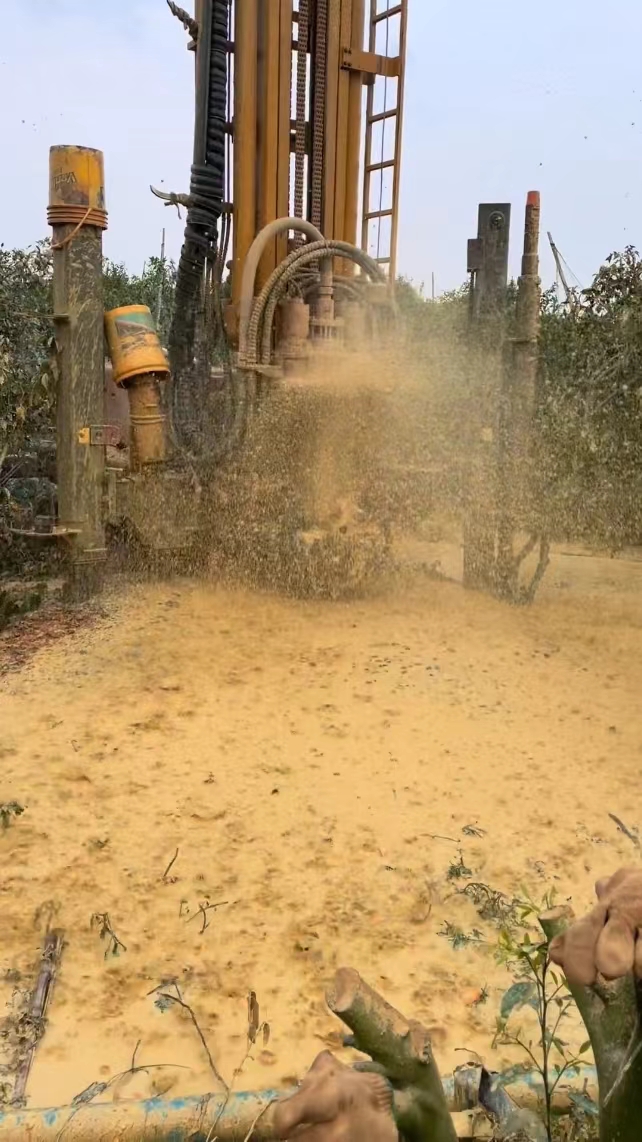When drilling a well, there are several ways to know if you've hit water. These methods can help determine whether you've successfully found a water source:
Observing Mud Changes:
- Description: During drilling, mud is brought to the surface. If the mud becomes wetter or the water content increases, it is usually a sign that an aquifer has been encountered.
Water Level Rise:
- Description: When the drill bit enters an aquifer, the water level in the well may rise rapidly. Tools like a measuring tape or water level gauge can be used to detect changes in water level.
Bubble Phenomenon:
- Description: If bubbles or gas appear in the well during drilling, it might indicate that you've hit an underground water layer, as water in the aquifer can bring gas to the surface.
Change in Drilling Resistance:
- Description: When the drill bit enters an aquifer, the drilling resistance may suddenly decrease because aquifers are generally more porous and easier to drill through than other layers.
Sound Changes:
- Description: Experienced drillers can listen to the sounds made by the drill bit as it penetrates different layers to judge whether an aquifer has been reached.
Well Water Test:
- Description: If an aquifer is suspected, a test pumping can be conducted. Use pumping equipment to extract water from the well to see if the water quantity is sufficient and stable.
Using Water Detection Instruments:
- Description: Modern technology can use underground water detection instruments to determine the location and depth of an aquifer through methods such as resistivity measurements.


 news-CBT Rock PDC Bit Manufacturer
news-CBT Rock PDC Bit Manufacturer